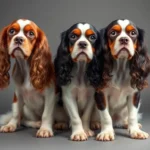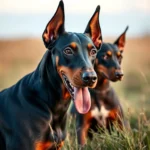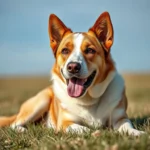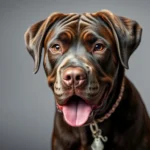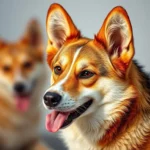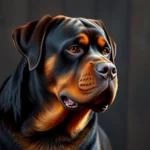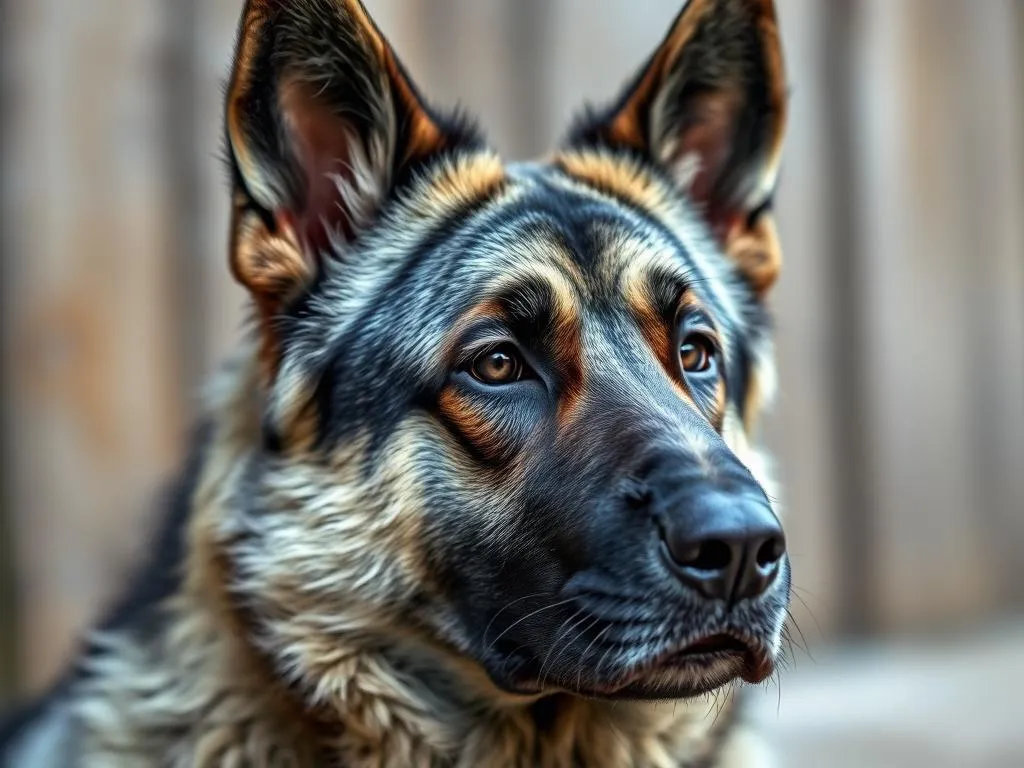
Introduction
When exploring the diverse world of dog breeds, it’s fascinating to discover how each breed possesses its own unique traits, history, and characteristics. One breed that stands out for its heritage and versatility is the Norwegian Elkhound. Known for its striking appearance and remarkable abilities, the Norwegian Elkhound has captured the hearts of many dog lovers around the world. Understanding the specific traits of this breed is essential for potential owners, as it helps ensure a good match between the dog and their lifestyle.
History of the Norwegian Elkhound
Origin and Ancestry
The roots of the Norwegian Elkhound trace back thousands of years to the ancient lands of Norway. This breed is part of the Spitz family, which includes various breeds characterized by their thick fur, pointed ears, and curled tails. The Norwegian Elkhound was primarily developed by the Vikings and has been utilized for hunting since the Stone Age.
Historical Roles and Functions
The Norwegian Elkhound was bred specifically to assist in hunting large game, including elk, which is where the breed gets its name. These dogs were not only valued for their hunting prowess; they also served as loyal companions and watchdogs, providing protection and companionship to their human counterparts. The breed has significant ties to Norse culture and mythology, often being depicted as a symbol of loyalty and bravery.
Recognition and Development
The formal recognition of the Norwegian Elkhound by kennel clubs began in the 19th century, with the Norwegian Kennel Club officially recognizing the breed in 1930. Over the years, breeding practices have evolved to maintain the breed’s physical and temperamental standards while promoting health and vitality.
Physical Characteristics
Size and Weight
The Norwegian Elkhound is a medium-sized breed, with males typically weighing between 49 to 55 pounds and females ranging from 40 to 50 pounds. Males generally stand between 20 to 22 inches tall at the shoulder, while females are slightly shorter, standing around 18 to 20 inches.
Coat and Color
One of the most distinctive features of the Norwegian Elkhound is its double coat, which is designed to withstand harsh weather conditions. The outer coat is coarse and straight, while the undercoat is soft and dense. The most common color patterns include gray, black, and white, with a characteristic mask that often features darker markings on the face.
Distinctive Features
The Norwegian Elkhound has several notable features, including its erect ears, curled tail, and unique facial markings. These traits contribute to its striking appearance and help differentiate it from other breeds.
Lifespan and Health Considerations
On average, the lifespan of a Norwegian Elkhound is between 12 to 15 years. While generally a healthy breed, they can be predisposed to certain health issues such as hip dysplasia and progressive retinal atrophy, making regular veterinary check-ups essential.
Temperament and Behavior
General Temperament
The Norwegian Elkhound is known for its friendly, loyal, and alert nature. These dogs are often described as being independent yet eager to please, making them suitable for various types of families. They are known for being protective of their loved ones without being overly aggressive.
Socialization Needs
Early socialization is crucial for the Norwegian Elkhound to develop into a well-rounded adult dog. Introducing them to different people, pets, and environments helps them become more adaptable and reduces the likelihood of behavioral issues.
Exercise Requirements
Due to their high energy levels, Norwegian Elkhounds require regular exercise to remain happy and healthy. Daily walks, playtime, and mental stimulation through training or interactive toys are essential components of their routine.
Compatibility with Families and Children
The Norwegian Elkhound is generally good with children and can coexist peacefully with other pets, particularly if raised together. Their playful and nurturing temperament makes them great companions for active families.
Training and Care
Training Techniques
Training a Norwegian Elkhound can be a rewarding experience, especially when utilizing positive reinforcement techniques. These dogs respond well to praise, treats, and playtime as rewards for good behavior. Consistency and patience are key, as they can exhibit a stubborn streak at times.
Grooming Needs
Regular grooming is essential for maintaining the coat of a Norwegian Elkhound. Their double coat sheds seasonally, so frequent brushing—at least once a week—is recommended to keep their fur healthy and reduce loose hair around the house.
Health Care Requirements
Routine veterinary care is crucial for a Norwegian Elkhound. This includes vaccinations, dental check-ups, and preventive measures against common health issues. Keeping up with these visits ensures a longer, healthier life for your furry friend.
Nutrition and Feeding
A well-balanced diet is vital for the overall health of a Norwegian Elkhound. High-quality dog food that meets their nutritional needs, along with portion control, is recommended. Owners should consult their veterinarian for specific dietary recommendations based on their dog’s age, weight, and activity level.
Living with a Norwegian Elkhound
Ideal Living Environment
The Norwegian Elkhound thrives in environments where it has space to roam. While they can adapt to apartment living, they are happiest in homes with large yards where they can run and play. Regular outdoor activities are essential for their well-being.
Daily Routine Suggestions
Incorporating a variety of activities into a Norwegian Elkhound’s daily routine helps keep them engaged. This can include walks, interactive play sessions, and mental exercises such as puzzle toys. Bonding time spent training or playing fetch can also enhance the relationship between the dog and its owner.
Common Challenges and Solutions
Like any breed, the Norwegian Elkhound can exhibit behavioral challenges, such as stubbornness or excessive barking. These issues can often be mitigated through consistent training, socialization, and ensuring they receive enough exercise. Engaging in activities that stimulate both their mind and body can also help prevent boredom-related behaviors.
Norwegian Elkhound in Popular Culture
Representation in Media
The Norwegian Elkhound has made appearances in various forms of media, celebrating its unique qualities. While it may not be as commonly featured as some other breeds, its portrayal often highlights its loyalty and hunting abilities.
Symbolism and Cultural Significance
In Norwegian heritage, the Norwegian Elkhound holds significant cultural importance. It symbolizes the strength and resilience of the Norwegian people, often celebrated within folklore and local traditions.
Community and Breed Clubs
Breed-specific organizations and clubs play a vital role in promoting the Norwegian Elkhound. These clubs often host events, provide resources for owners, and work towards the preservation of the breed’s standards. Engaging with such communities can enhance the experience of owning a Norwegian Elkhound.
Conclusion
The Norwegian Elkhound is a remarkable breed with a rich history and a distinctive presence. With its friendly demeanor, striking appearance, and loyal nature, it can make a fantastic companion for the right owner. Understanding the needs and characteristics of the Norwegian Elkhound is essential for ensuring a harmonious relationship between dog and owner. This breed may be particularly well-suited for active individuals or families who can provide the love, attention, and exercise this spirited dog requires.
FAQs
What is the average lifespan of a Norwegian Elkhound?
The average lifespan of a Norwegian Elkhound ranges from 12 to 15 years.
Are Norwegian Elkhounds good with children?
Yes, Norwegian Elkhounds are generally good with children and can be very protective and playful companions.
How much exercise does a Norwegian Elkhound need?
A Norwegian Elkhound requires at least an hour of exercise each day to keep them happy and healthy.
What grooming needs do Norwegian Elkhounds have?
Norwegian Elkhounds have a double coat that requires regular brushing, especially during shedding seasons, to keep their fur healthy.
Are Norwegian Elkhounds difficult to train?
While they can exhibit some stubbornness, Norwegian Elkhounds respond well to positive reinforcement training techniques, making them manageable with patience and consistency.

